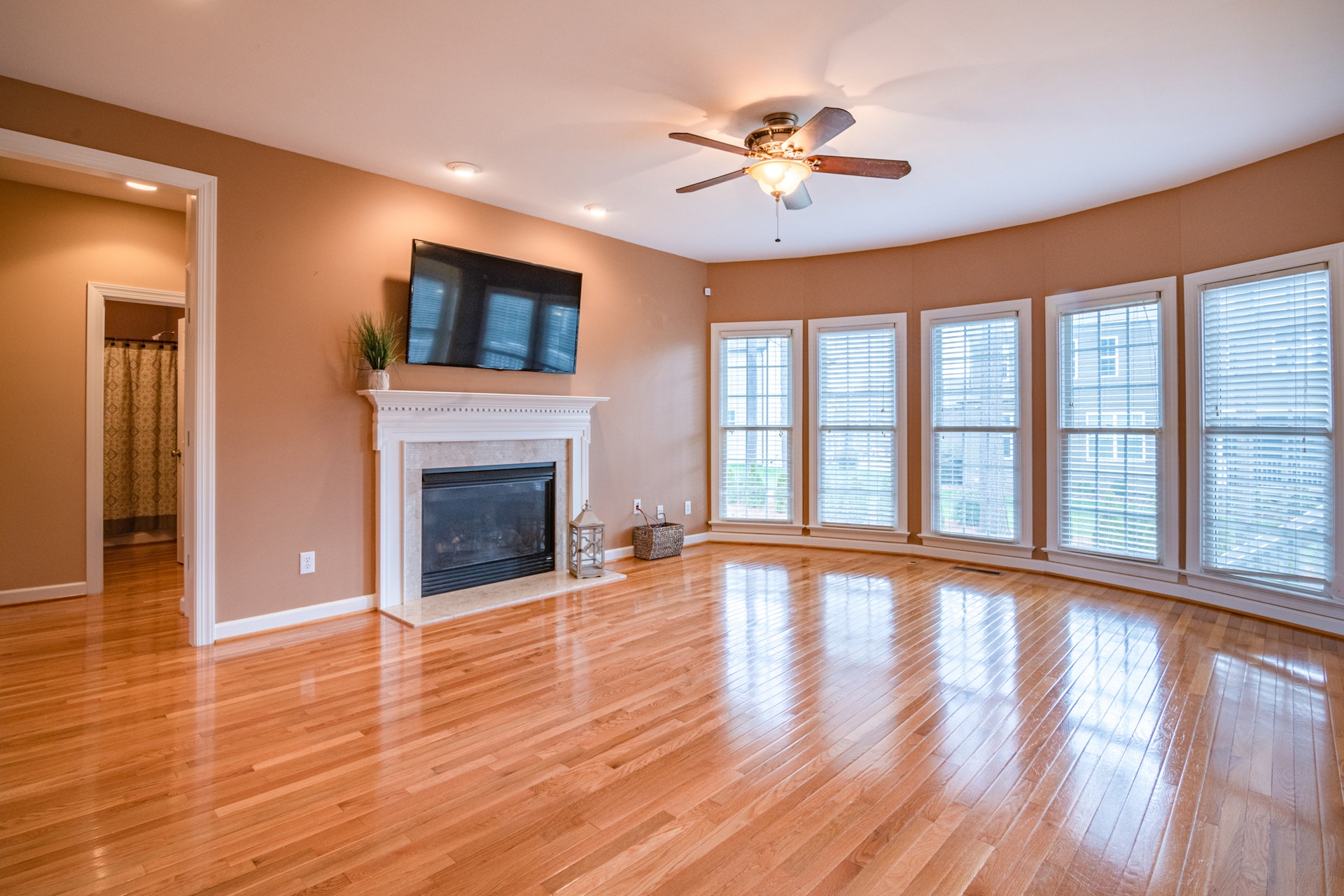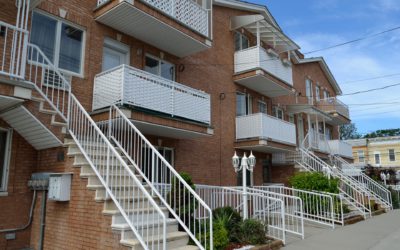Hardwood floors are a stunning feature in any home, but their upkeep can pose a challenge. Daily usage, spills, and dirt can mar the floor’s appearance, and suboptimal cleaning practices can lead to scratches and discoloration. One of the most vital steps in cleaning hardwood floors is selecting an appropriate cleaning solution.
How to Deep Clean Hardwood Floors
The hardwood floors can elevate the aesthetic appeal of any room, adding an element of sophistication and elegance. However, maintaining their beauty necessitates proper upkeep, especially when it comes to deep cleaning. Surface cleaning may suffice for daily maintenance, but a more in-depth approach is required to achieve a truly spotless finish.
Remove all furniture and rugs from the floor
The presence of furniture and rugs can impede the cleaning process, making it challenging to clean every section of the floor meticulously. Moreover, dragging furniture legs or rug edges during the cleaning process may cause scratches or damage to the floor surface. Eliminating all furniture and rugs also minimizes the risk of the cleaning solution or moisture damaging these items.
Use a soft-bristled brush attachment
The use of hard bristles or beater bars during vacuuming can potentially damage or scratch the floor surface, rendering the deep cleaning process ineffective. In contrast, a soft-bristled brush attachment ensures that the vacuum operates smoothly and efficiently eliminates any dirt, dust, or debris embedded in the floor’s grain.
Mop the floor using a gentle cleaning solution that is specifically designed for hardwood floors
Abrasive materials or harsh chemicals may potentially harm the floor’s finish, leading to discoloration, scratches, or even irreparable damage. Selecting a cleaning solution specifically designed for hardwood floors guarantees a thorough cleaning process without jeopardizing the floor’s integrity.
Work in small sections
This approach ensures that every section of the floor undergoes comprehensive cleaning, leaving no area unattended. Additionally, working in small sections helps to maintain the moisture level of the cleaning solution, ensuring that the floor remains damp throughout the cleaning process.
Dry the floor thoroughly using a clean and dry microfiber cloth or a fan
Inadequate drying may lead to water stains, warping, or even damage to the floorboards, causing the floor’s overall quality to deteriorate. To avoid these issues, it is imperative to use a clean and dry microfiber cloth or a fan to dry the floor thoroughly. A microfiber cloth is ideal for absorbing excess water and ensuring that the floor is left completely dry. Additionally, using a fan to increase airflow facilitates quick drying, preventing the accumulation of moisture that may harm the floor.
How to Clean Hardwood Floors With Vinegar
Proper maintenance of hardwood floors is paramount for preserving their beauty and longevity. Among the affordable and effective cleaning options, the use of vinegar stands out. Nonetheless, utilizing vinegar to clean hardwood floors necessitates the correct methodology to prevent any inadvertent damage.
Dilute vinegar
To dilute the vinegar, mix 1/2 cup of white vinegar with 1 gallon of warm water in a bucket. This will ensure that the vinegar is not too strong and won’t damage the wood. Using white vinegar is crucial because other types of vinegar, such as apple cider vinegar or balsamic vinegar, can leave stains or sticky residue. Once you’ve mixed the vinegar and water, stir the solution well to ensure it’s thoroughly combined.
Prepare the floor
Properly preparing the floor is a crucial step in cleaning hardwood floors with vinegar. First, remove any furniture or objects that may obstruct your cleaning. Then, sweep or vacuum the floor to remove any loose dirt, dust, or debris that may scratch the surface. Be meticulous and focus on the corners and baseboards, where dirt tends to accumulate. It’s also important to check for spills or stains and spot clean those areas before mopping. This ensures that the floor is evenly cleaned, and any stains are not spread further.
Mop the floor
To begin, dip a mop into the vinegar and water solution, wring it out until it’s damp, and start mopping the floor. Be careful not to saturate the floor with the solution, as excess moisture can damage the wood. Work in small sections of the floor, moving the mop in straight lines. Rinse the mop frequently to maintain a clean mop head. For areas with stubborn dirt or stains, use a scrub brush to loosen them.
Dry the floor
After mopping, use a clean, dry towel or mop to dry the surface entirely. Avoid leaving any water on the floor, as this can damage the wood. If you see any damp spots, use a clean towel to absorb the excess moisture. To speed up the drying process, use a fan or open windows to let in fresh air.
Optional: Add essential oils for fragrance
If you want to add a pleasant aroma to your hardwood floors while cleaning with vinegar, you can add essential oils. To do this, add a few drops of your favorite essential oil, such as lavender, lemon, tea tree, or peppermint, to the vinegar and water solution before mopping. Be cautious not to add too much oil, as it can make the floor slippery. Stir the mixture well to ensure that the oil is evenly distributed.
How can I shine my old hardwood floors naturally?
To naturally restore shine to your old hardwood floors, there are several things you can do. First, clean the floors thoroughly using a vinegar and water solution to remove any dirt or grime that can make the surface look dull. Then, apply a natural hardwood floor polish, like beeswax or carnauba wax, using a soft cloth or mop. Let it dry completely before buffing with a soft, clean cloth. Another option is to mix vinegar and olive oil and apply the solution sparingly to polish the floors. Lastly, you can also use black tea to restore the shine by brewing tea bags, allowing the tea to cool, and applying it to the floors using a clean cloth or mop. Once it has dried, buff the floors with a soft cloth. These natural methods will help you restore the shine of your old hardwood floors without using harsh chemicals that can harm the wood.
What is the best oil to clean wood floors?
Selecting the right type of oil is crucial when cleaning wood floors with oil. Pure mineral oil is one of the best options for cleaning wood floors, as it’s odorless, clear, and non-toxic. It also won’t go rancid over time. Coconut oil is another good choice, thanks to its natural antibacterial properties, although it can leave a residue if not used sparingly. Avoid using vegetable or cooking oils, as they can become rancid and attract dust and dirt, which can damage the floors. It’s also important to stay away from harsh chemicals or abrasive cleaners that can scratch or harm the wood.






0 Comments